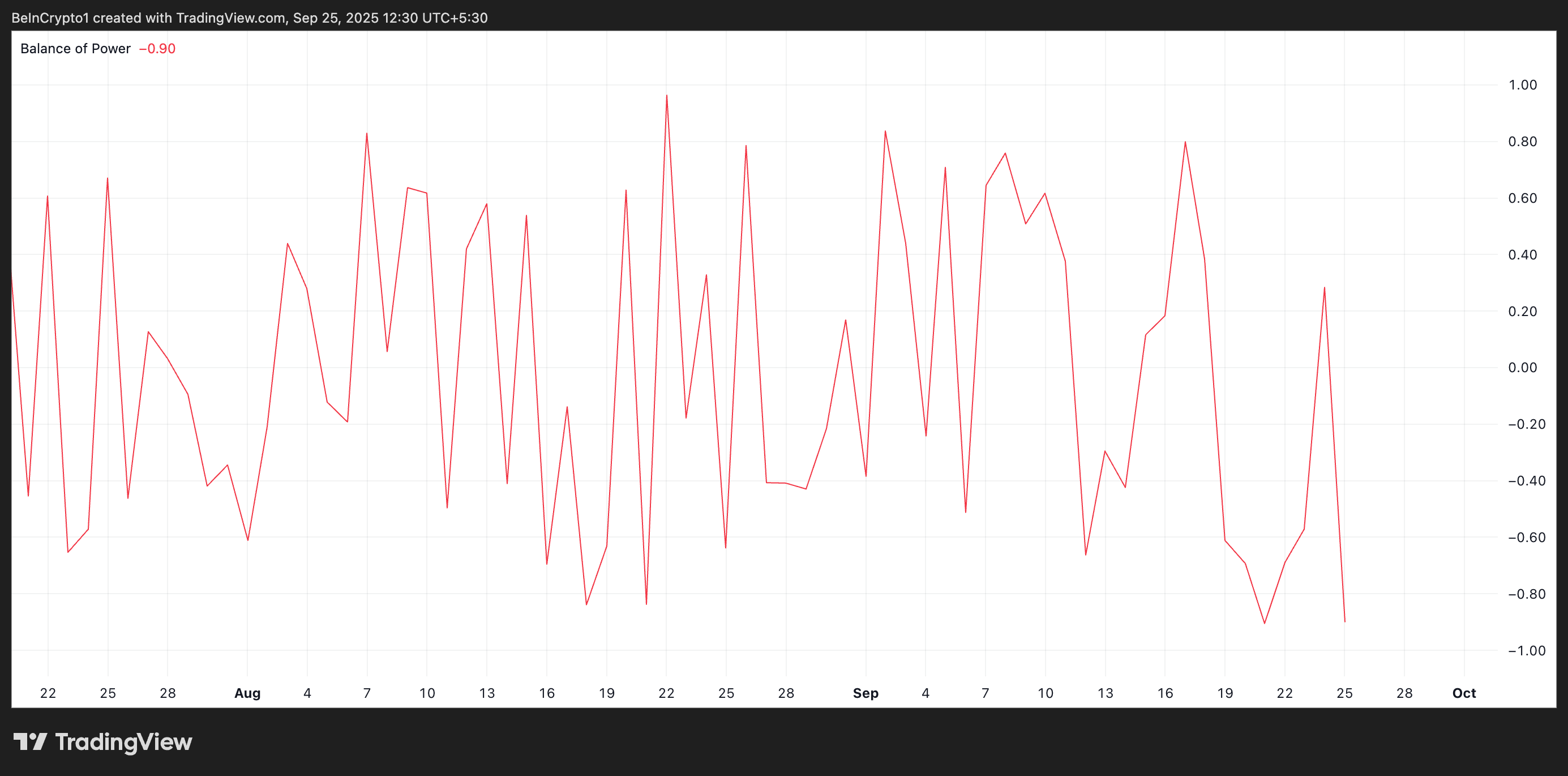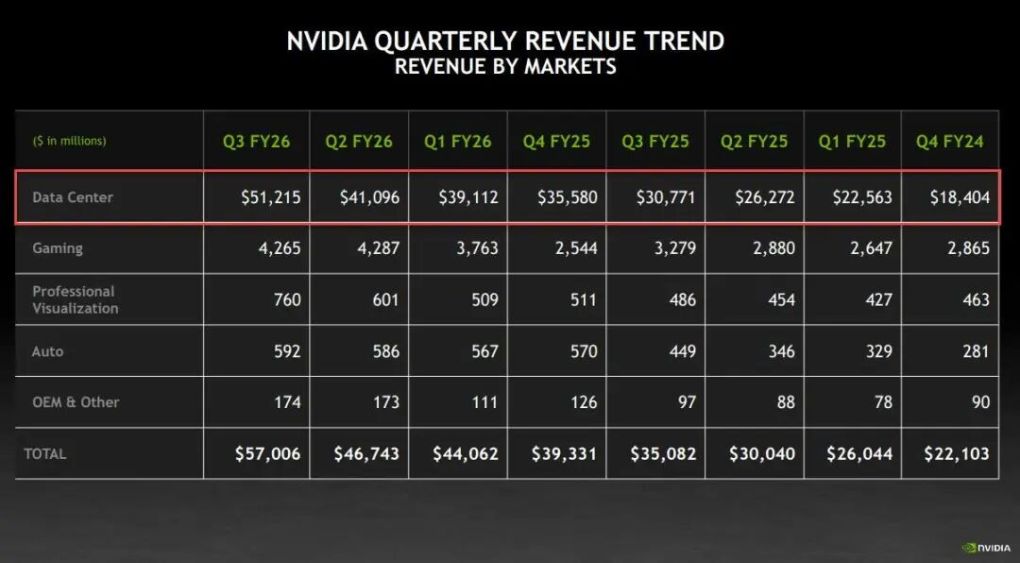HYPE Token Falters as CZ-Backed Aster Overtakes Hyperliquid
HYPE struggles as Hyperliquid loses traction to CZ-backed Aster, with bearish momentum dragging the token toward key support levels.
HYPE token is struggling to maintain momentum as Hyperliquid faces mounting pressure from Aster, a fast-rising decentralized exchange (DEX) that has quickly gained traction with backing from Binance founder Changpeng Zhao (CZ).
With plunging trading volume on Hyperliquid, its native token HYPE has also faced waning demand. This has caused it to trend mostly sideways in recent sessions, with bears trying to regain full market control.
HYPE’s Breakdown Deepens
Over the past 24 hours, Aster ranks second in total fees generated, just behind Tether, while Hyperliquid has slipped to eighth place. This gap highlights the growing shift in trader attention away from Hyperliquid toward its new rival.
For token TA and market updates: Want more token insights like this? Sign up for Editor Harsh Notariya’s Daily Crypto Newsletter.
 Protocol Ranking By Fees. Source:
Protocol Ranking By Fees. Source:
As user activity drops on Hyperliquid, demand for its HYPE token has also dwindled, putting pressure on its price. Exchanging hands at $42.39 as of this writing, the altcoin’s value has dropped by nearly 30% in the past seven days.
Momentum indicators confirm the bearish trend. On the daily chart, the Balance of Power (BOP) is firmly in negative territory, signaling persistent selling pressure.
 HYPE BoP. Source:
HYPE BoP. Source:
The BOP indicator measures the strength of buyers versus sellers in the market. When its value is positive, it suggests that buying pressure dominates, with bulls pushing the price higher. Conversely, a negative reading indicates stronger selling activity, indicating that bears are in control.
HYPE’s current negative BoP (-0.90) highlights sellers’ dominance, heightening the risk of a further decline in the token’s value.
In addition, HYPE has slipped below its 20-day Exponential Moving Average (EMA), indicating the collapse in bullish market structure. At press time, this key moving average forms dynamic resistance above the token’s price at $49.87
 HYPE 20-Day EMA. Source:
HYPE 20-Day EMA. Source:
The 20-day EMA measures an asset’s average price over the past 20 trading days, giving more weight to recent prices.
When an asset’s price breaks below its 20-day EMA, it signals a shift in short-term market momentum from bullish to bearish. It indicates weakening buying pressure, which means further downside for HYPE’s price.
HYPE Tests Critical Floor at $40.42—Will Bulls Defend?
HYPE is hovering just above the support floor at $40.42 at press time. The ongoing selloff may weaken this price level, raising the risk of a further decline toward $34.62.
 HYPE Price Analysis. Source:
HYPE Price Analysis. Source:
On the upside, renewed buying pressure could trigger a push toward $48.69.
Disclaimer: The content of this article solely reflects the author's opinion and does not represent the platform in any capacity. This article is not intended to serve as a reference for making investment decisions.
You may also like
Morning Brief | Bitcoin's sharp decline leads to record fund outflows from BlackRock's ETF; U.S. Treasury TGA sees significant drop for the first time; Vitalik Buterin introduces Ethereum in 30 minutes
Overview of major market events on November 19

Interview with Gensyn Co-founder Harry Grieve: With the Mainnet Launch Approaching, How Can Idle Resources Be Used to Break the “Scale Ceiling” of AI Computing Power?
Gensyn co-founder reveals how decentralized computing power can be scaled to empower the next generation of AI.

The quantum threat resurfaces: Is the foundation of cryptocurrencies being shaken?
This will always be the most dangerous threat to the entire industry.

Nvidia ignites on-chain frenzy as AI and the crypto market dance together

Trending news
MoreMorning Brief | Bitcoin's sharp decline leads to record fund outflows from BlackRock's ETF; U.S. Treasury TGA sees significant drop for the first time; Vitalik Buterin introduces Ethereum in 30 minutes
Interview with Gensyn Co-founder Harry Grieve: With the Mainnet Launch Approaching, How Can Idle Resources Be Used to Break the “Scale Ceiling” of AI Computing Power?
